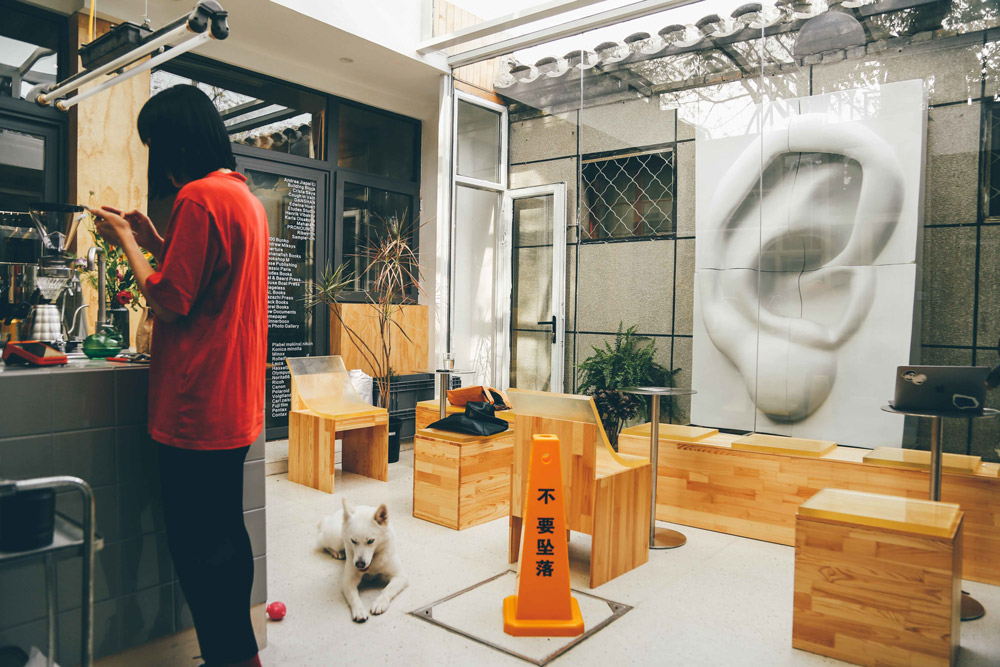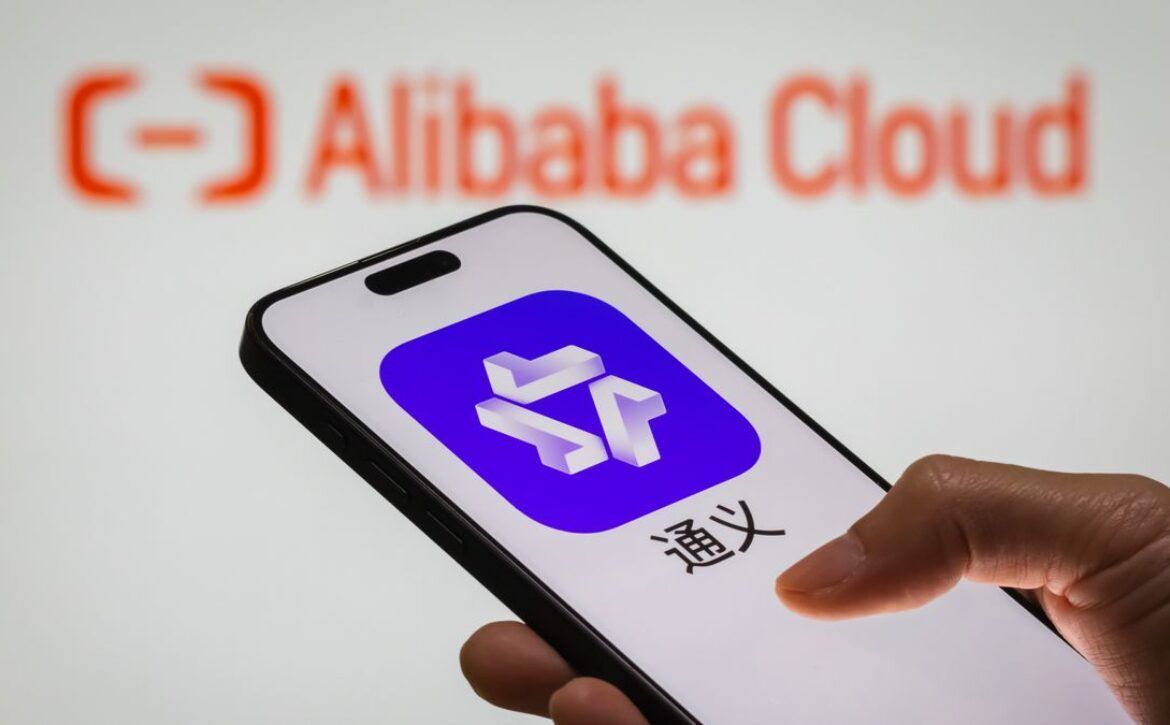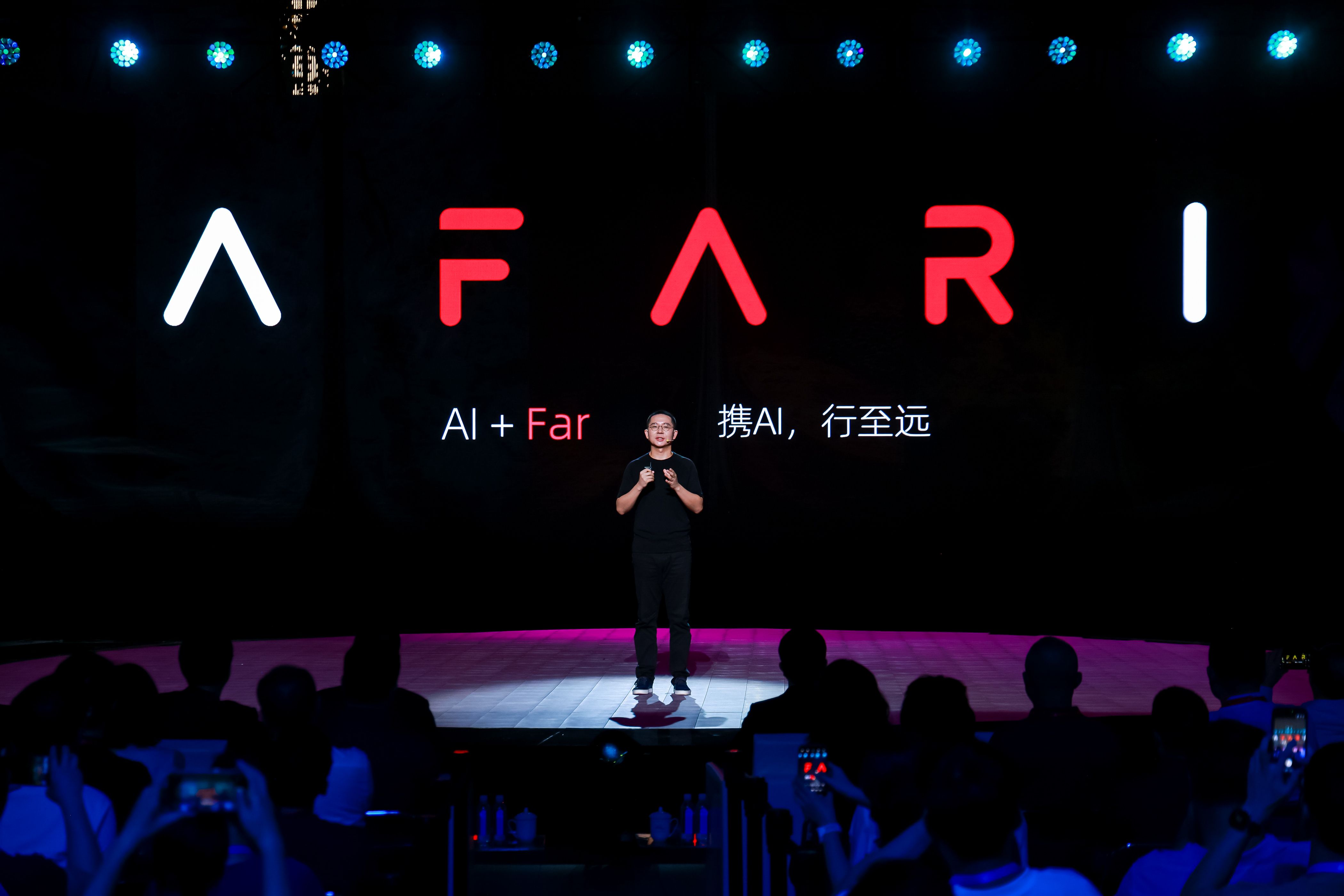
Starbucks’ Real Rival in China is not Luckin Coffee, It’s Bubble Tea
Want to read in a language you're more familiar with?
It seems like any person at least moderately familiar with China would know that it’s a realm of tea.
It seems like any person at least moderately familiar with China would know that it’s a realm of tea. Nowadays, however, there’s so much blabber about coffee becoming the new drink of choice for the Chinese, that an unenlightened tourist on the streets of Beijing could think that he’d been lied to all his life. Indeed, coffee is inescapable here, there’s a Starbucks in every mall and a stall of the local caffeine prophet Luckin coffee on pretty much every corner. For local business aficionados debating over whether the Chinese start-up will overthrow the Seattle giant has already become a routine affair. But there’s one thing all of them seem to ignore – Starbucks and Luckin Coffee are not really in the same league.
Many have already noted that Luckin’s business model resembles more that of 7-Eleven in that it puts convenience above quality. Time Magazine has even published a piece literally titled “China's Luckin Coffee Is More 7-Eleven Than Starbucks”. And for us, judging from inside China, it is quite self-explanatory. Luckin stores have been popping up all around the country like pesky weeds that would grow anywhere there’s soil. Their coffee is lackluster, lukewarm and watery, but at the end of the day, we are not buying the drink, we are buying convenience. Starbucks, on the contrary, sells products and experiences, and here is where it meets its real challenger – tea.
SEE ALSO: What Can Luckin Coffee’s Expansion Teach Us About the Changes in Chinese Consumption Patterns?
To make it clear, it’s probably not what you imagined. Chinese people don’t go around brewing tea in pocket sized pots or indulge in lengthy tea ceremonies on every lunch-break. You might see some senior citizens with home-brewed tea in their thermoses, but that’s about it. What we’re getting at is the new incarnation of the good old drink that has resonated greatly with the youths all over Asia, which is milk tea or bubble tea or the latest novelty, cheese tea. Call it whatever you will, it’s all the same in essence.
The overall annual tea consumption in China is currently way over that of coffee with figures expected to reach 669,500 tons to 80,718 tons respectively in 2020, according to Statista. However, coffee consumption has also been growing with an average annual rate of 16% in the last decade, overshadowing the global average of 2%, according to the International Coffee Organization. Yet, for most Chinese coffee is not a drink, it’s either an experience, or the last resort for surviving a tedious day at work (Luckin does good job cashing in on the latter). Rarely will you see young people here strolling to a café to savor a cup of hot bitter joe. Coffee shops are a status symbol and a token of cosmopolitanism frequented by aspiring socialites, white collar workers, businessmen and creatives.
Outside big chains like Starbucks China can pride itself on a fairly vibrant specialty coffee scene with places like Beijing’s Voyage Coffee or a newly opened postpost gaining scores of rapt reviews on the local Yelp-like platform Dazhong Dianping. But it’s not the coffee that draws people, it’s the ambiance, the design, the adorable dog that rambles around the tables and the feeling of encountering something unconventional. Ultimately, the coffee shop becomes a hangout spot for a pretty specific demographic, people who’ve been abroad, consume a lot of western content and are likely to earn a decent salary.

In any case, Chinese consumers are not resistant to the temptations of caffeine. Historically people in this part of the world would get their daily dose of energy from tea, yet it has always been done in a very laid-back manner, with a special ceremony, carefully selected teas and people relishing every drop of the valued drink – something no one has time to do anymore.
Tea got a new lease of life in the 1980’s, when bubble tea, a new drink invented in Taiwan started its foray onto the Asian market. In 2019 the beverage consisting of milk, tea and tapioca pearls is everywhere, it’s all over the East and has even made its way to the West – to America – thanks to a vast Asian diaspora. This is the drink most young Chinese would gulp before a meal, during a meal, after a meal or instead of a meal. Total annual bubble tea store sales in China are expected to reach around 78 billion yuan by 2021, which is roughly $11 billion, a baffling figure.
Not only do bubble tea and milk tea stores manage to do in China what coffee cannot, which is make people enjoy their products, but they also don’t shy away from augmenting their current success with some tricks they take up from their western competitor. While several years ago most bubble tea vendors stuck to the format of an unsophisticated street stand, nowadays they are branching out into more premium formats, opening stores in bustling expensive locations, refining their interior design, expanding their premises to include lounge areas and complementing their menus with bakery and other snacks.
HeyTea, a Guandong based milk tea brand that recently took off all over China, is one of the biggest successes in the industry. Their main product is a variety of fruit teas with a layer of cream cheese over the top, which got so popular, that virtually all bubble tea stores now offer something similar, even Luckin Coffee has the drink on their menu. Unlike other milk tea stores HeyTea provides a welcoming lounge space for their customers, and resembles an opulent coffee shop, except that it’s not. It still sells tea, with thousands of people lining up for hours just to get the sought-after cup.
SEE ALSO: Ep. 32: Luckin Coffee, Starbucks Challenger or a New Breed of F&B for the 21st Century?

Venture Capital firms seem to have trust in the potential of this model to rival big international coffee brands like Starbucks. HeyTea has raised over $70 million in just two funding rounds with IDG Capital, one of China’s most prominent VC’s among the lead investors. Its Shanghainese competitor Lelecha founded in 2016 has also recently raised two seed rounds totalling $44 million. While it is nowhere close to Luckin’s $550 million, it is important to bear in mind that tea stores have way more competition in China with more chances of failure, since people have already developed certain tastes and tend to be loyal to brands they like. It is not the case with coffee, which is still largely a terra incognita for Chinese consumers, a fact that gives way for more aggressive business development practices.
For what we know, milk tea is still for the Chinese what coffee is for westerners – a pretty cup to carry around, a delicious drink to share with friends and a perfect theme for an online post. Chinese people appreciate variety, and there’s not a whole lot of that with coffee. Tea is considerably more customizable: you could have it with tapioca pearls, red beans, jelly, milk, milk foam, cheese, fruit slices, you name it.
People’s thirst for a cup of tea in China is unquenchable, withstanding all possible controversies. In 2011 the Taiwan Food and Drug Administration discovered that some bubble tea manufacturers were adding plastic to their pearls to make them chewier. Back in 2017 a Shanghai-based government affiliated consumer rights body revealed that an average cup of milk tea contains eight times more caffeine than a can of Red Bull. And earlier this year, over a hundred undigested pearls were found in the abdomen of a 14-year-old girl, who was admitted to the hospital after complaining of constipation. Surprisingly, none of this news could shatter people’s love for the creamy tea drinks. This sort of dedication is what Starbucks still has to build up with its business in China.





